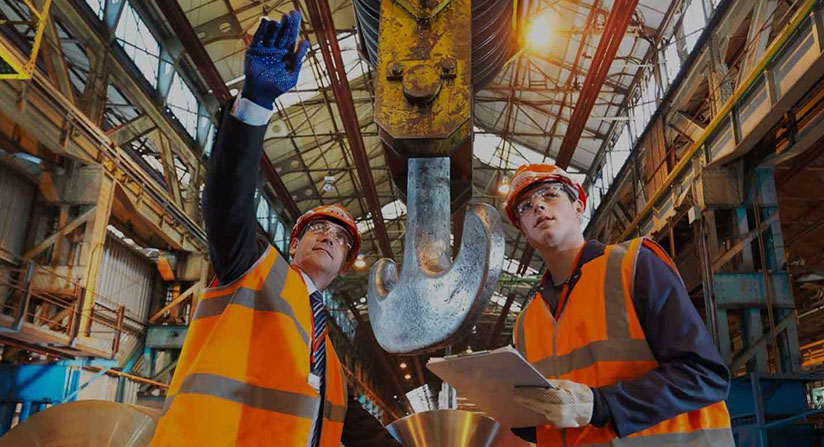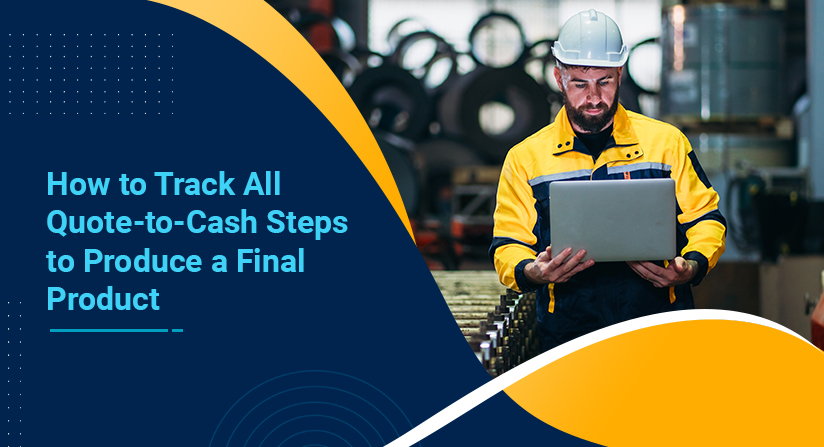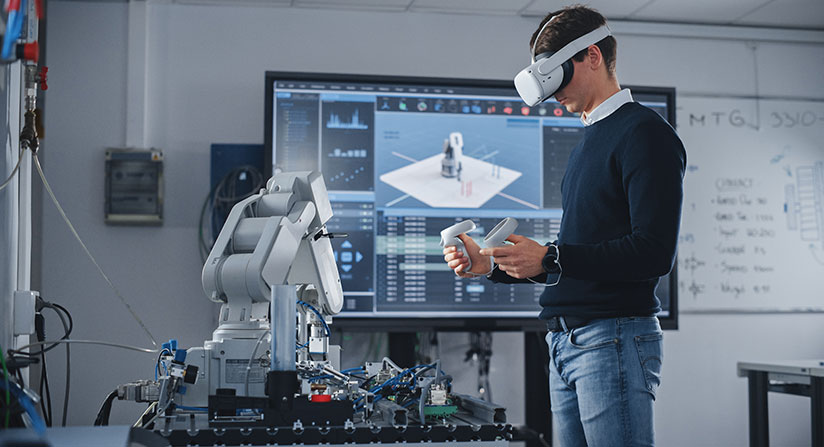Analysts tell us the Internet of Things (IoT) will result in 34 billion connected devices by 2020, up from 10 billion today. That level of connectivity promises to transform a lot of business processes and business models.
But IoT is only one type of connectivity. Today’s manufacturers must connect multiple functions in multiple ways.
“Six degrees of separation” is the theory that all things are never more than six steps away from one another. But in the digital economy, even a single degree of separation can result in competitive disadvantage. To compete and win, manufacturers need to attain “five degrees of connectedness.”
Business transformation by degrees
Several factors are driving this imperative, but chief among them is the need for manufacturers to deliver individualized products and become more customer centric. Customers increasingly demand that you personalize your products to meet their unique needs – quickly, cost-effectively, and reliably. That calls for a greater level of customer focus than manufacturers have had to achieve before.
In pursuit of these goals, manufacturers require five types of connectedness:
1. Shop floor to top floor
First, you need connectivity from your ERP system to your shop floor and back again. Your ERP system houses data on customers, suppliers, inventory, costs, and more. To build individualized products with the speed and at the price point customers demand, you need to connect all that down to the shop floor, at the machine level.
In the past, the order number was enough. The customer placed an order for Part No. 101, and you simply sent that to the shop floor – along with every other order for Part No. 101.
But when you’re building individualized products, the part numbers are dynamic. Instead, there are customer requirements, which need to be combined with data on suppliers, inventory, and so on. All that information needs to get to the shop floor automatically and in real time. And then data needs to flow back to your ERP system, so you know whether you can meet customer expectations for quality, cost, and delivery date.
2. Machine to machine
Manufacturers are using IoT sensors to capture data from equipment. And equipment makers can continuously monitor the machines on your shop floor. But that’s just the beginning.
Let’s say your shop floor has 50 machines from 10 vendors. Are they all connected to one another? Can they share information up and down the production line? If there’s an exception at Operation 5 that affects Operation 15, those machines need to communicate and respond in real time. That’s the only way you’ll be able to build individualized products quickly and cost-effectively.
3. E-commerce integration
In the past, customized products involved face-to-face interaction with the customer. Today, customers can order personalized products through your e-commerce storefront.
This new reality has two implications. First, there’s no opportunity for a sales rep to manage expectations and build relationships. Customers expect your e-commerce storefront to be able to accurately capture their requirements and confirm that you can deliver what they want at the price point and delivery date they desire.
Second, e-commerce allows you to reach a far larger market than you could in the past. A robust business network can instantly connect manufacturers with millions of potential customers. You need to be sure you have the capacity to respond. If you don’t, your dissatisfied customers can easily find your competition.
4. Operations cloud
Cloud technology gives manufacturers incredible new abilities to gather and disseminate information. For example, you can capture and centrally manage equipment operations and maintenance data.
Let’s say you install a new piece of equipment and train a service technician on how to maintain it. Because the machine is new, it doesn’t require significant servicing for more than a year. By that time, the service technician has forgotten what he learned.
The solution is in the cloud. Today, that technician can instantly access maintenance guides, 3D renderings, and even experts who can walk him through the service procedure. Just as important, the cloud can capture and analyze data that predicts an equipment event before it happens, allowing the technician to respond proactively. These capabilities mean lower costs, better technician productivity, and higher customer satisfaction when you don’t miss a delivery date.
5. Direct replenishment
The final level of connectedness is with your suppliers. The days of picking up the phone to order parts or supplies are long past. Today, replenishment should happen automatically – and direct from the machines on the shop floor. IoT sensors on your smart devices can capture a signal and instantly alert the relevant vendors, who can automatically replenish the right materials in the right quantity at the right time. All of this can happen with minimal human intervention, avoiding time, cost, and error.
Most manufacturers are already leveraging one or maybe a few degrees of connectedness. Increasingly, those that achieve fewer will fall behind. Those that take advantage of all five will gain a new level of customer centricity – and a clear competitive advantage.
Download our product brochure to see how OptiProERPs- an end-to-end manufacturing ERP combines financial management, supply chain, CRM, and industry-specific solutions in one seamless system and gives you the foundation to scale and compete in todays digital world.
Follow Us





